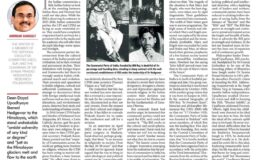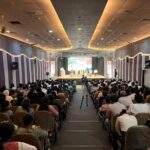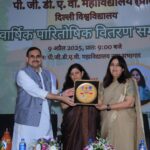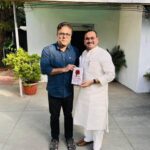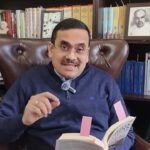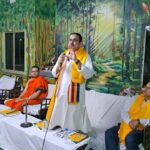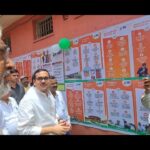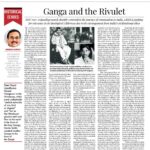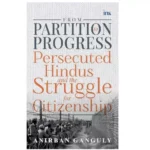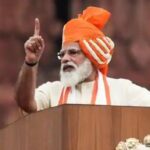CAA is repayment of debt to Dalit Hindus for supporting Bengali homeland: BJP leader in new book
- By : Manoj Anand
- Category : Book Review, In News
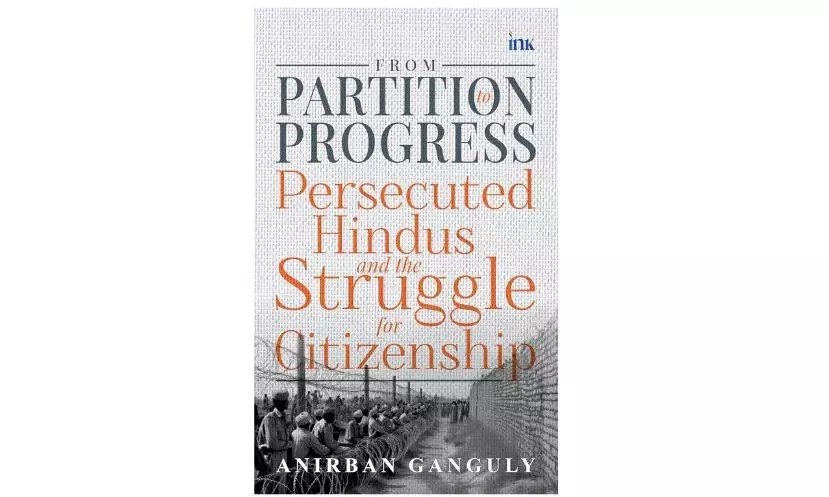
Guwahati: A new book has argued that the Citizenship Amendment Act (CAA) is repayment of debt to Dalit Hindus who helped the cause of separate Bengali homeland. It chronicled the spirited campaign among the Dalit leadership, all across Bengal, for the separate “homeland for Bengali Hindus” ahead of the partition of India.
“On 20 June 1947, during voting in the Bengal Legislative Assembly, twenty five of the thirty SC MLAs voted for the Congress-Mahasabha sponsored resolution in support of the partition of Bengal,” wrote Anirban Ganguly in his new book – From Partition to Progress: Prosecuted Hindus and the Struggle for Citizenship.
Ganguly stressed that the “movement for the creation of West Bengal as a homeland for the Bengali Hindus was supported by the Dalit leadership and intelligentsia”. He lamented that the “Dalits of Bengal played a crucial role in the formation of West Bengal is a story that has been deliberately marginalized”.
The book documents episodes chronicling “forced exodus of the Hindus, mostly Dalits and the backward castes” from then East Pakistan in the first four years of the partition. Ganguly quoted Sukumar Biswas and Hiroshi Sato from their work – Religion and Politics in Bangladesh and West Bengal: A Study of Communal Relations, saying that the “1950 witnessed pogrom in East Pakistan, orchestrated by the police, against the tribal, the Santals.
“Village after village was indiscriminately burnt down, peasants were beaten and tortured mercilessly…these Santals were active participants in the historic Tabhaga movement,” added Gannguly, while lamenting that the Opposition parties opposed the CAA which sought to give citizenships to such displaced tribal and Dalits from East Pakistan.
Quoting Samar Guha, a veteran freedom fighter and parliamentarian, Ganguly wrote that the “scheduled castes and the tribal constituted majority in areas adjoining India in East Pakistan while the police orchestrated pogrom in February 1950 to force them to cross over to the Indian territories” in the Northeast and West Bengal.
Ganguly quoted from historical records to details “wave of refugees coming to Agartala in Tripura while fleeing murderous assault on them in East Pakistan”. Referring to speeches of PR Thakur, a prominent leader of the Matua community in the Constituent Assembly of Bengal, Ganguly stated that “the people from the scheduled castes were targeted in the Direction Action call given by the Muslim League which unleashed a killing field in Bengal”.
Ganguly links targeting of Dalits and tribals in pre-partition days and after the creation of East Pakistan to argue that the systematic ethnic cleansing remained unabated and gained pace in 1950. “Since the Scheduled Caste and the other backward classes were the main bulk of minority living in Pakistan, the Pak establishment wanted to control them for various political reasons. In Guha’s opinion, this control particularly was stopping migration of Indian Mussulmans to Pakistan and also for keeping them hostage for their security,” added Ganguly.
Further, Ganguly stated that the “anti-Hindu February 1950 pogroms drove Dalits in large numbers to India. In the second wave of migration between 1950 and 1957, with 2.1 million people moving from East to West Bengal, intelligence reports indicated that about 95 per cent refugees were Namasudras”.
He quoted Guha, saying that the “displacement of the Dalits and the other backward classes from East Pakistan was designed to eliminate hindrances to the Islamic indoctrination of the Muslims”.
Ganguly rued that “even after seventy-five year of partition, these parties are averse to giving justice to those Dalits and their descendants who were rendered homeless and were uprooted from their land of ancestors and their inheritance”.
